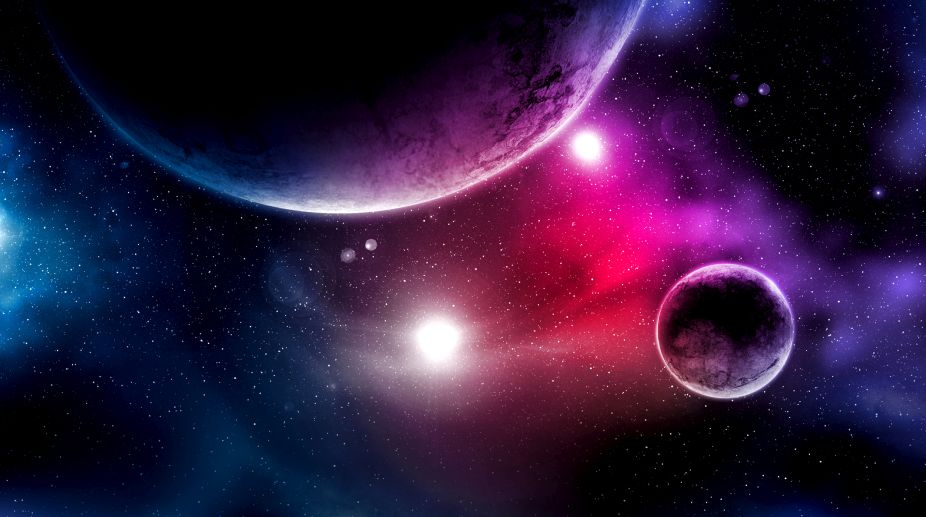Indian astronomers map differential rotation of Sun’s chromosphere
The research, published in the Astrophysical Journal, can help give a complete picture of the Sun's inner workings.

Representational Image (Photo: Getty)
Astronomers have discovered a faint, incredibly distant galaxy, about 13.1 billion years in the past, just about 700 million years after the Big Bang.
The new object, named MACS1423-z7p64, was detailed in a study published in the journal Nature Astronomy.
Advertisement
The researchers used the Hubble space telescope to find the galaxy and confirmed its age and distance with instruments at the Keck Observatory in Hawaii.
Advertisement
"Other most distant objects are extremely bright and probably rare compared to other galaxies," said lead author Austin Hoag from University of California, Davis in the US.
"We think this is much more representative of galaxies of the time," Hoag said.
These ultra-distant galaxies, seen as they were close to the beginning of the universe, are interesting because they fall within the "Epoch of Reionisation," a period about a billion years after the Big Bang when the universe became transparent.
After the Big Bang, the universe was a cloud of cold atomic hydrogen, which blocks light.
The first stars and galaxies condensed out of the cloud and started to emit light and ionising radiation.
This radiation melted away the atomic hydrogen like a hot sun clearing fog, and the first galaxies spread their light through the universe. But much remains lost in the fog of reionisation.
To find the faint faint, distant object, the astronomers took advantage of a giant lens in the sky.
As light passes by a massive object such as a galaxy cluster, its path gets bent by gravity, just as light gets bent passing through a lens.
When the object is big enough, it can act as a lens that magnifies the image of objects behind it.
While it is similar to millions of other galaxies of its time, z7p64 just happened to fall into the "sweet spot" behind a giant galaxy cluster that magnified its brightness ten-fold and made it visible to the team, using the Hubble space telescope.
They were then able to confirm its distance by analysing its spectrum with the Keck Observatory telescopes in Hawaii.
The team plans to continue their survey of candidate galaxies with the Hubble and Keck telescopes, and later with James Webb space telescope, set for launch in 2018.
It is expected that the Webb telescope, which is bigger than Hubble, will allow astronomers to look at even more distant parts of the universe, which will help astronomers answer the question of where did we come from.
Advertisement